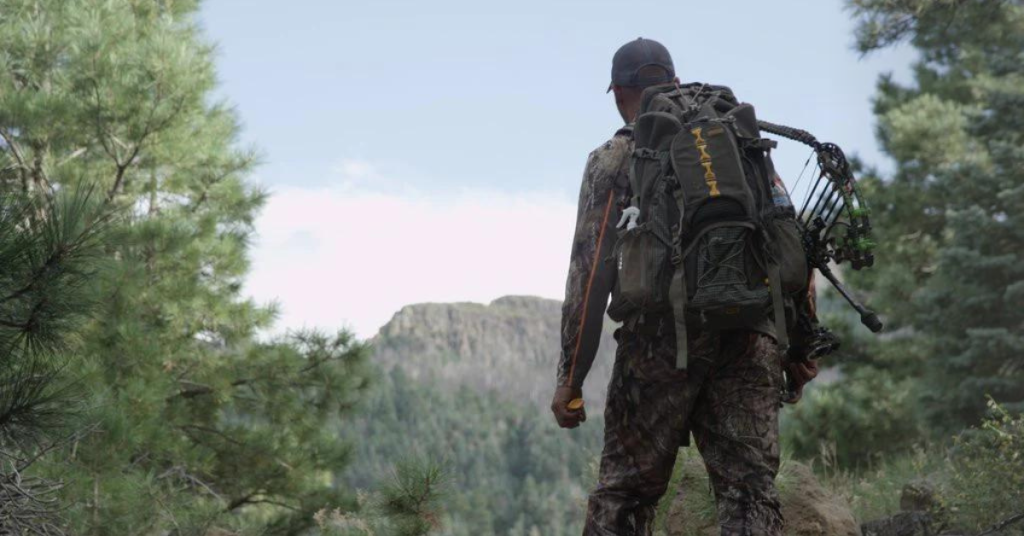The Thrill of the Hunt: Outdoor Bow-Hunting
In recent years, bow hunting has surged in popularity among outdoor enthusiasts. Its appeal lies in the unique blend of physical challenge, mental focus, and deep connection with nature. For many, bow-hunting represents the epitome of traditional hunting methods, harking back to our ancestors and their primal ways of life.
Mastering bow hunting is not just about hitting a target; it’s about honing a diverse set of skills that ensure safety and success in the wild. Understanding the nuances of bow hunting can significantly enhance your outdoor adventures. In this guide, we will explore essential gear, techniques, safety measures, and ethical considerations to help you master the art of bow hunting.
The Gear
Essential Equipment for Bow Hunting
To get started on your bow-hunting journey, you’ll need the right gear. The primary components include bows, arrows, broadheads, and various accessories. Selecting the right equipment tailored to your needs and hunting conditions can make a significant difference in your success and enjoyment.
Choosing the Right Bow
When it comes to bows, there are several types to consider, including recurve bows, compound bows, and longbows. Each type has its advantages and disadvantages, depending on your skill level and the game you’re targeting. Compound bows are popular among modern hunters for their power and accuracy, while traditionalists may prefer the simplicity and elegance of recurve or longbows.
Arrows and Broadheads
Selecting the right arrows and broadheads is crucial for effective bow hunting. Arrows come in various materials, such as carbon, aluminum, and wood, each offering different benefits in terms of weight, durability, and straightness. Broadheads, the sharp tips attached to arrows, are designed for maximum penetration and lethality. Fixed-blade broadheads are reliable and durable, while mechanical broadheads offer improved aerodynamics and expand upon impact for greater damage.
Accessories to Consider
Beyond the basics, several accessories can enhance your bow-hunting experience. These include quivers for carrying arrows, stabilizers to reduce bow movement, and sights for improved aiming accuracy. Additionally, protective gear like arm guards and finger tabs can prevent injuries and improve shooting comfort.
Hunting Techniques

Stalking
Stalking is a fundamental bow-hunting technique that involves quietly and slowly approaching your prey. It requires patience, stealth, and a keen understanding of animal behavior. Successful stalking often depends on your ability to move silently and blend into your surroundings.
Tree Stand Hunting
Tree stand hunting involves hunting from an elevated position in a tree. This technique offers several advantages, including a broader field of view and reduced scent detection by animals. Setting up a tree stand in a strategic location can increase your chances of a successful hunt.
Ground Blinds
Ground blinds are portable camouflage shelters that conceal hunters at ground level. They are particularly useful in open areas where trees are scarce. Ground blinds provide cover and allow hunters to remain hidden while waiting for the game to approach.
Understanding Animal Behavior
A crucial aspect of bow hunting is understanding the behavior of the animals you are targeting. Different species have distinct habits, feeding patterns, and movement tendencies. By studying these behaviors, you can predict their actions and position yourself for a successful shot.
The Importance of Scent Control
Animals have an exceptional sense of smell, and detecting human scent can alert them to your presence. To minimize scent detection, hunters use scent control products and follow practices such as washing clothing in scent-free detergent and storing gear in scent-proof containers.
Safety First
Proper Handling of Equipment
Safety should always be a top priority in bow hunting. Proper handling of your equipment is essential to prevent accidents and injuries. Always inspect your bow and arrows for damage before each use. Ensure that your bowstring is properly waxed and your arrows are straight and undamaged.
Awareness of Surroundings
Being aware of your surroundings is critical for both your safety and the safety of others. Always identify your target and what lies beyond it before taking a shot. Avoid shooting at moving targets or through dense vegetation, as these can lead to missed shots and potential accidents.
First Aid and Emergency Preparedness
Hunting in remote areas can expose you to various risks, including injuries, wildlife encounters, and adverse weather conditions. Carry a well-stocked first aid kit and familiarize yourself with basic first aid procedures. Additionally, have a plan for emergency communication and evacuation in case of accidents.
Ethics and Laws
Ethical Hunting Practices
Ethical hunting practices are essential for maintaining the integrity of the sport and respecting wildlife. Always strive for clean, humane kills, and avoid taking shots beyond your skill level. Practice regularly to improve your accuracy and ensure that your equipment is well-maintained.
Following Local Hunting Regulations
Compliance with local hunting regulations is crucial for legal and ethical reasons. Familiarize yourself with the hunting seasons, bag limits, and licensing requirements in your area. Ignoring these regulations can result in fines, legal consequences, and harm to wildlife populations.
Conservation Efforts
Hunters play a vital role in wildlife conservation efforts. By participating in regulated hunting and supporting conservation organizations, hunters contribute to habitat preservation and the management of wildlife populations. Ethical hunters understand the importance of sustainable practices and work to protect natural resources for future generations.
The Hunt Itself
Planning Your Hunting Trip
Successful bow hunting begins with careful planning. Start by scouting potential hunting locations and identifying areas with high game activity. Use maps, trail cameras, and online resources to gather information about the terrain and wildlife.
Scouting and Tracking Game
Scouting involves observing the habits and movements of your target species. Look for signs such as tracks, droppings, and bedding areas. Tracking games requires patience and attention to detail. Follow trails and observe behavior patterns to anticipate the best opportunities for a shot.
Read Also:
- Learn to Sit Back and Observe. Not Everything Need – Tymoff
- Get Fit with Nobullswipe.com: A Comprehensive Guide to Success
Conclusion
With your enhanced understanding of bow hunting, it’s time to put your knowledge into practice. Remember to always prioritize safety, ethics, and conservation efforts while enjoying the thrill and challenge of the hunt. With proper preparation and a steady hand, you can achieve success in this ancient sport. There is always room for improvement and growth when it comes to bow hunting. Whether it’s trying out new techniques or fine-tuning your skills, there is no end to learning in this sport.







